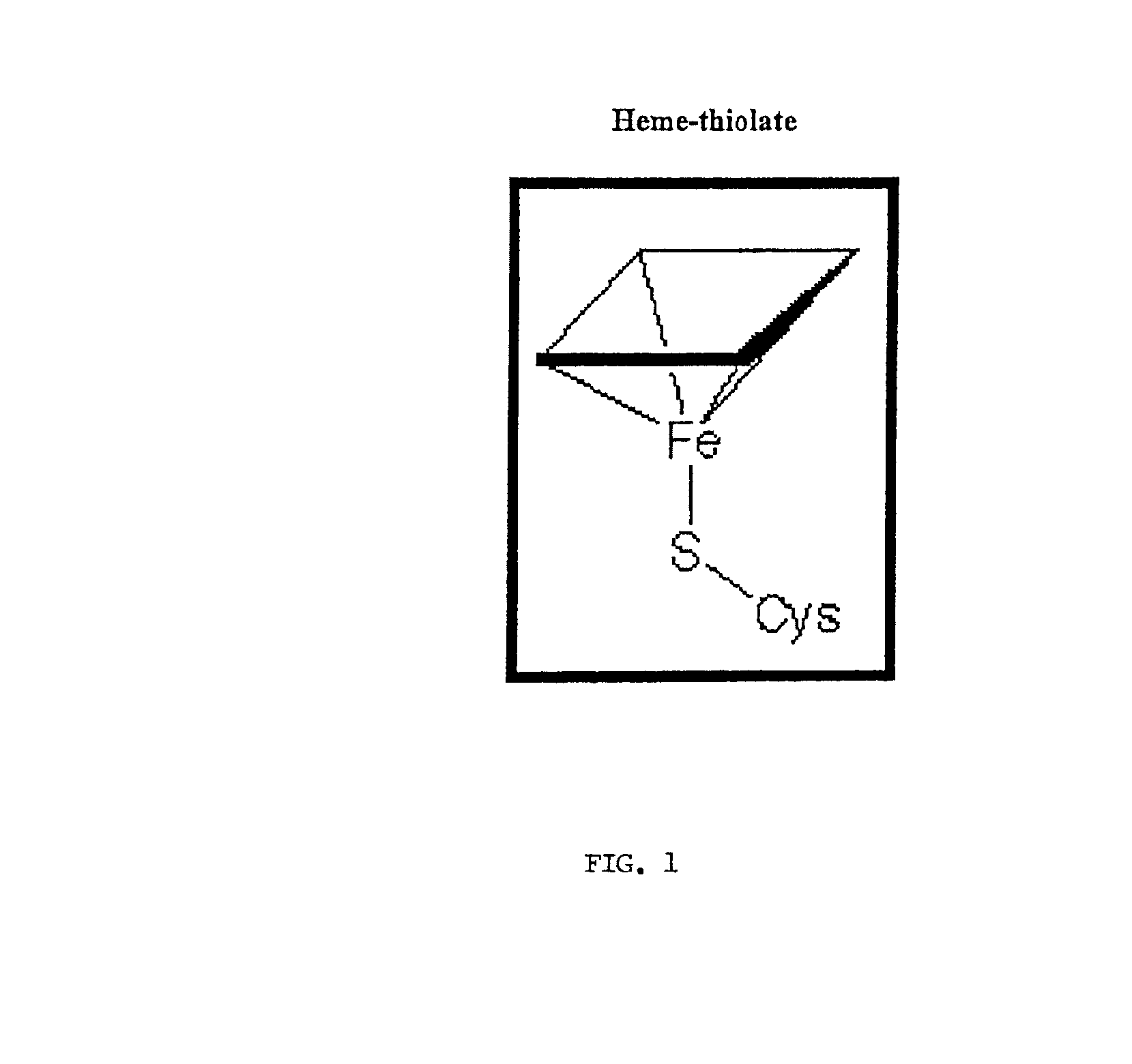Comprehensive pharmacologic therapy for treatment of obesity including cysteine
a pharmacologic therapy and obesity technology, applied in the field of obesity obesity treatment including cysteine, can solve the problems of low potential for patients to achieve the weight loss goal under the process of u.s. pat. no. 5,795,895, and failure of drugs to provide the desired level of performance, etc., to achieve simple and inexpensive design, promote appetite suppression, and avoid injury to persons
- Summary
- Abstract
- Description
- Claims
- Application Information
AI Technical Summary
Benefits of technology
Problems solved by technology
Method used
Image
Examples
Embodiment Construction
[0060]The comprehensive pharmacological therapy for treatment of obesity involves the combination of medications within “effective dosing ranges” and “optimal dosing ranges”. The weight loss therapy in general involves the use of effective dosing ranges of Citalopram and Phentermine; Citalopram and Diethylpropion; Citalopram, Phentermine, and Diethylpropion to effectuate weight loss in a patient.
[0061]The use of Citalopram, Phentermine, and Diethylpropion in effective dosing ranges as well as optimum dosing ranges in conjunction with proper replacement of vitamins to counter nutritional deficiency successfully resolves two problems unique to weight loss management programs which use medications. The use of Citalopram, Phentermine, and Diethylpropion in conjunction with nutritional supplements in effective dosing ranges generally achieves acceptable weight loss performance for all patients thereby eliminating the failure of the weight loss program to be effective for five percent to ...
PUM
| Property | Measurement | Unit |
|---|---|---|
| weight | aaaaa | aaaaa |
| weight | aaaaa | aaaaa |
| weight | aaaaa | aaaaa |
Abstract
Description
Claims
Application Information
 Login to View More
Login to View More - R&D
- Intellectual Property
- Life Sciences
- Materials
- Tech Scout
- Unparalleled Data Quality
- Higher Quality Content
- 60% Fewer Hallucinations
Browse by: Latest US Patents, China's latest patents, Technical Efficacy Thesaurus, Application Domain, Technology Topic, Popular Technical Reports.
© 2025 PatSnap. All rights reserved.Legal|Privacy policy|Modern Slavery Act Transparency Statement|Sitemap|About US| Contact US: help@patsnap.com


